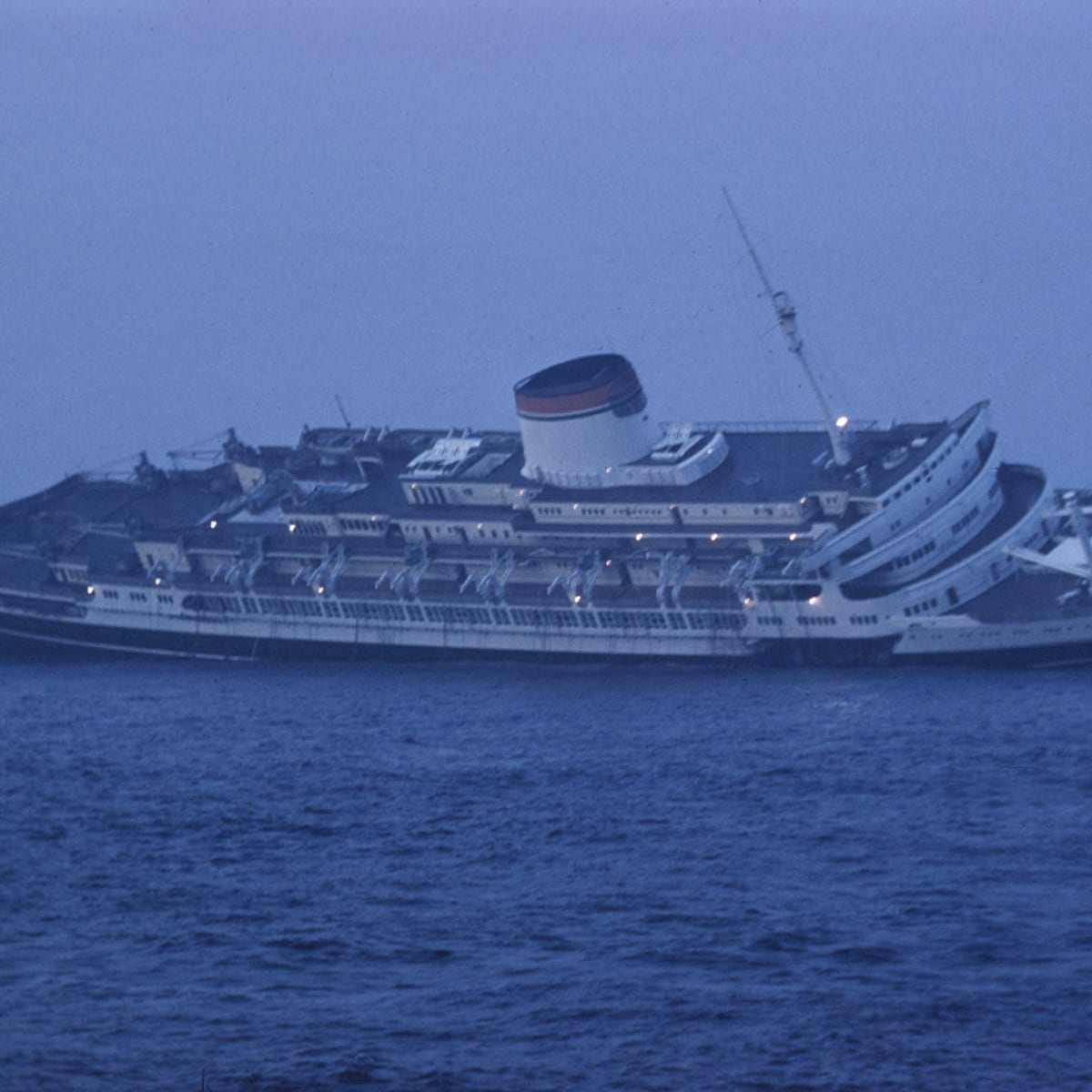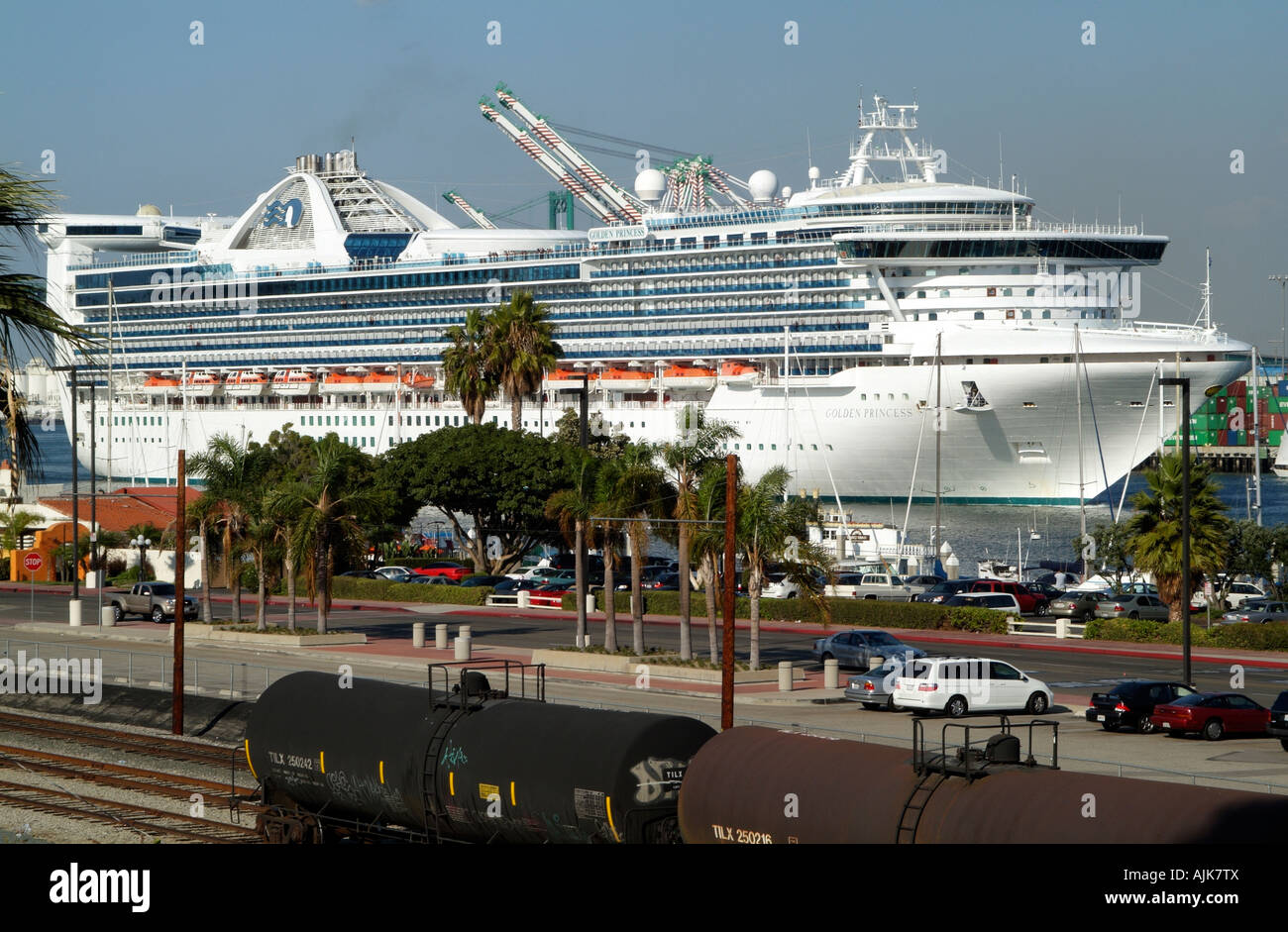
A river cruise to Spain is a great way to experience its diverse and interesting culture. Spain offers a wonderful and memorable experience. River cruises in Spain are a great way to experience the country. You can stop at amazing destinations while sailing down the river to experience the changing landscapes. Spain is home to historic sites such as gothic cathedrals, Moorish palaces, and roman ruins. Spain's vibrant culture is as diverse as its history.
Douro River
You can enjoy a Douro river cruise if you are looking for an unforgettable holiday in Portugal and Spain. Cruisers can take in sightseeing, wine tasting, as well as lunch at a monastery. Excursions to exotic gardens and vineyards are part of some itineraries. The Douro River (also known as the "river to gold") flows through a region dotted with vineyards.
You have the choice of a six- or an eight day cruise along the Douro. Both of these options will allow you to visit other cities and towns not covered by other river cruise itineraries. You will see cities such as Porto Folgosa, Leverinho, and Folgosa while on a cruise.
Guadalquivir River
A Guadalquivir River cruise will allow you to experience the rich history of Spain. These waters are now a UNESCO World Heritage Site. Some of the best examples of Moorish architecture can be seen here.

Also, enjoy views of Seville from the river. This city boasts many bridges that can be seen from water. It is possible to view the city from a completely different perspective by taking a Guadalquivir River boat cruise. The river is near the Alcazar de Seville and the cathedral. A Seville Guadalquivir cruise is perfect for couples or families who want to enjoy a relaxing ride.
Granada
River cruises in Granada are a fun way to see the city, because you're floating between destinations and can also enjoy wine tasting excursions. These eight-day cruises cost from $2,001 to $3.299. Some cruise companies will plan your itinerary for you, or you can use a cruise planning website, such as Adventure Life, to find the best river cruise for you.
You will also have the opportunity to visit the Alhambra Palace which is Spain's most well-known landmark. The Alhambra is a stunning example of Islamic architecture. You can also visit the Albaicin Quarter, which is the oldest area of Granada with its cobbled streets adorned by Moorish-styled houses.
Cordoba
River cruises can be an amazing way to explore ancient cities in Spain and to discover a cultural heritage unique to the area. Cordoba was a significant Roman settlement. It later became the capital city of the Iberian Roman provincial of Baetica. It was also part the Visigoth territory. During the Islamic period it was the capital city of the Umayyad Caliphate. Today, the city boasts a UNESCO World Heritage site.
The city's famous Mosque-Cathedral was declared a World Heritage Site in UNESCO. The unique architecture reflects both the Christian-Muslim and Muslim cultures that settled in the area. You can visit this city with a River cruise. It includes a visit a mosque, guided walking tour, and more.

Palma de Mallorca
You will have an unforgettable experience on a River Cruise in Palma de Mallorca. You'll not only be able see the best parts of the island; you will also have the opportunity to learn about the marine life and biodiversity. This island is truly an unspoiled paradise. It's possible to view a wide range of species, from common birds to rare plants. There will be plenty of time for you to explore the various islands around Palma.
You also have the option to choose from many different boat rides. A private boat ride is an added level of luxury. Private boat rides are more luxurious than ordinary tourist boats. Your skipper will guide you through the waters and show you the highlights. This private tour is great for seeing the island from the water and includes snorkelling, sightseeing and a meal.
FAQ
What does cruising look like?
When you book a cruise, you pay a deposit (usually $50-$100) when you reserve your cabin. Your balance is due 30 days before departure. Check into your cabin after you arrive at port. You may then participate in one or more of the many activities onboard.
Are cruise ships safe?
Yes, cruise ships can be very safe to travel on. Many cruise ships have state-of the-art security and technology. Cruise ships must also comply with strict safety standards. Crew members receive extensive training and must pass background check. Onboard, passengers undergo background checks. Some cruise lines even require passengers to show evidence of vaccinations against certain diseases. If you ever have concerns about your safety while on board, contact the cruise line's customer relations department immediately.
Is there anything negative about cruising?
There are some things that you should be aware of when considering the pros and cons of cruising. Some people may not wish to spend their whole vacation on a boat. Others may prefer to be near the shore or in a resort. Still, others may feel uncomfortable being away from land for so long. These concerns can be overcome by choosing a cruise that allows for plenty of time on the shore.
Statistics
- You can save 15% off the total price if you book in advance of your trip. (travel.usnews.com)
- *20% Gratuities Apply on Free Unlimited Open Bar; Free Specialty Dining. (ncl.com)
- In addition, 10 to 15 percent gratuity is typically added to bar bills — for alcohol and soft drinks — and gratuities are applied to spa treatments. (cruiseline.com)
- For an example of savings, Royal Caribbean offers up to a 40% discount with a dining package. (travel.usnews.com)
External Links
How To
How to avoid seasickness while on cruise
The best way to avoid seasickness on a cruise is by wearing a hat. A wide-brimmed cap helps to prevent motion sickness by keeping your head from moving too much.
A hat can also keep water off the head, decreasing the amount of moisture in the air. This makes breathing easier for people prone to feeling dizzy when they breathe in moist air.
Drink plenty of fluids. Avoid alcohol or caffeine. These drinks dehydrate the body causing more fluid to move around in the stomach. A sufficient amount of liquids will reduce salt levels. Salt causes the body's retention of water, which can lead to nausea.
Salty foods can help if you feel nauseated. Salty foods make the stomach produce more hydrochloric Acid, which is helpful in breaking down food particles.
You can also take medications to alleviate seasickness if none of these methods work. Some medications can cause side effects like dry mouth, dryness, constipation, blurred sight, headaches, dry lips, dry skin, dry gums, dry lips, constipation, dry eyes, dry throat, dry skin, and constipation.